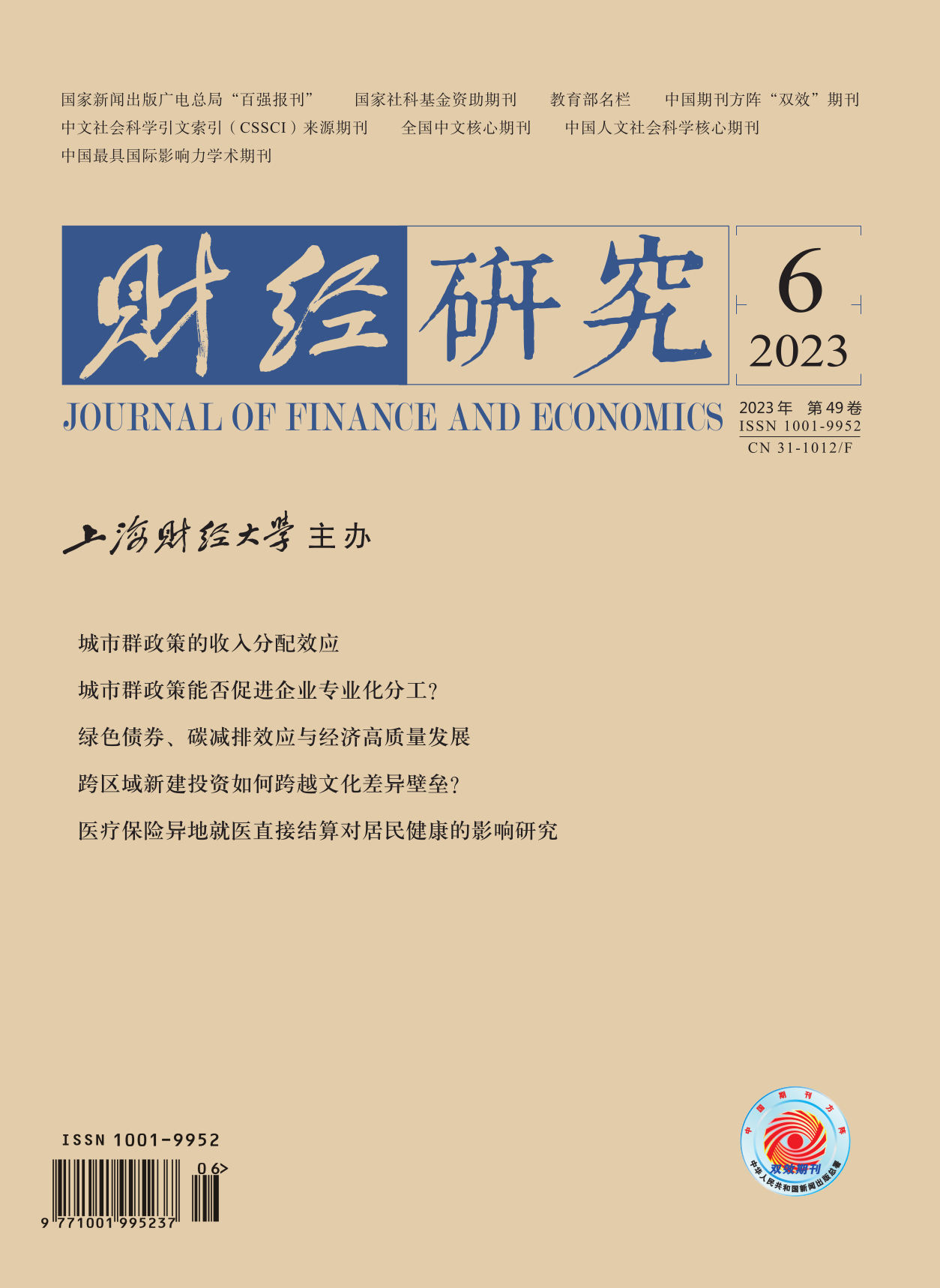Green finance has emerged as a new driving force to promote environmental improvement and resource conservation, guiding technological advancements, accelerating industrial restructuring, and promoting high-quality economic development. In particular, green bonds possess the dual attributes of being both “green” and “financial”, making them a critical component of China’s green financial system. Although there have been opposing assumptions regarding the true environmental impact of green bonds, empirical testing is needed to determine their effectiveness in reducing pollution emissions and promoting high-quality economic development.
This paper examines the regional carbon emission reduction effect of green bonds and their internal mechanisms, while empirically testing their impact on high-quality economic development based on green total factor productivity (GTFP). The findings indicate that: (1) Green bonds can significantly reduce urban carbon emission intensity, especially in regions with a high degree of financial marketization and weak environmental regulation. (2) Green bonds can improve environmental protection investment by easing financing constraints for enterprises and raising social attention to fulfill environmental and social responsibilities. (3) Green bonds can significantly enhance urban GTFP, thereby promoting high-quality economic development.
This study’s possible contributions are as follows: (1) From a macro-aggregate perspective, it identifies the causal relationship between green bonds and urban carbon emission intensity, assessing the macroeconomic implications of green bonds and further enriching the literature on the interaction between green bonds and environmental governance. (2) By summarizing the amount of green bonds issued by prefecture-level cities, it evaluates how green bonds can promote high-quality economic development based on the unique characteristics of China’s top-down bond market. (3) From the perspective of heterogeneity, it assesses the boundary of the carbon emission reduction effect of green bonds, providing theoretical support and policy guidance for the spatial selection of green financial policies.
In conclusion, this paper confirms the vital role of green bonds in achieving a balance between economic development and environmental governance, while also providing a theoretical foundation and policy recommendations for advancing green finance to promote high-quality economic development.





 8394
8394  6182
6182

